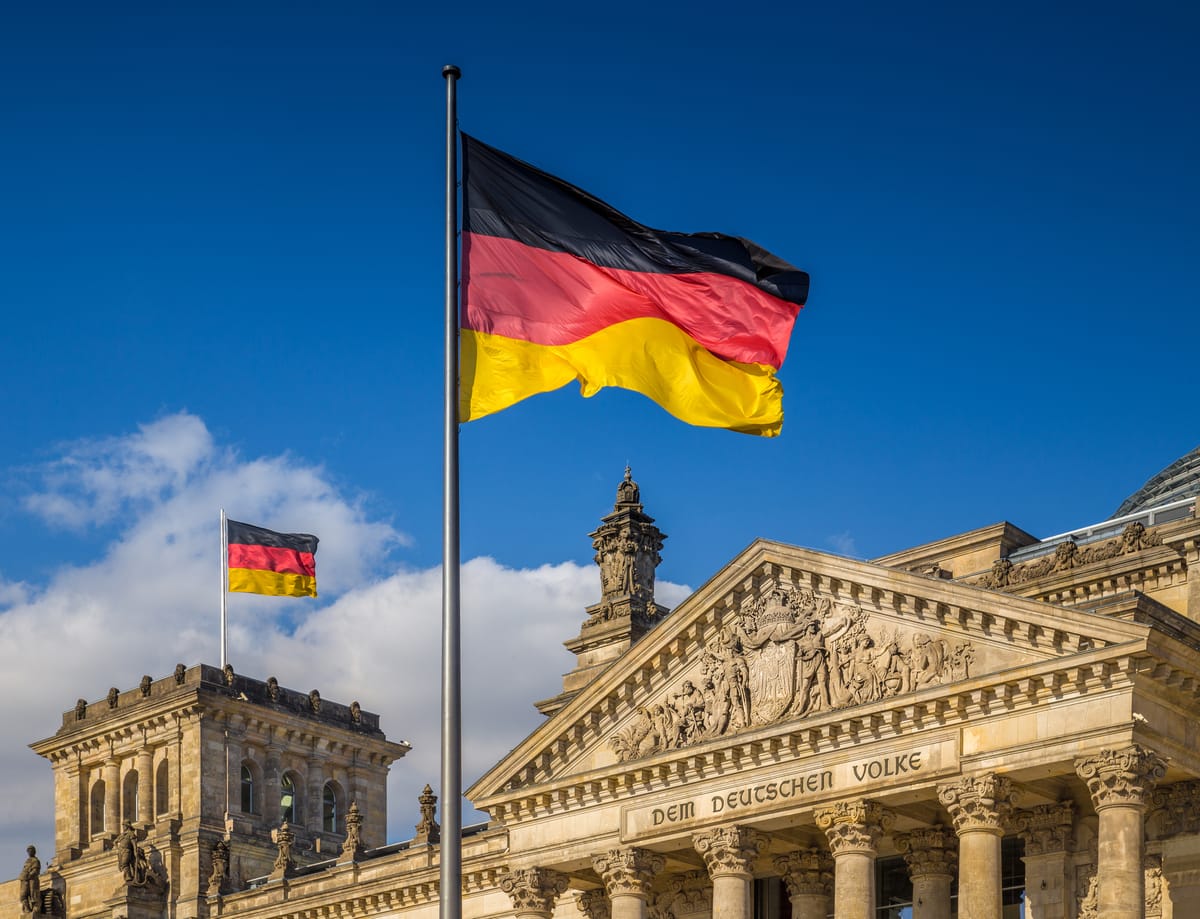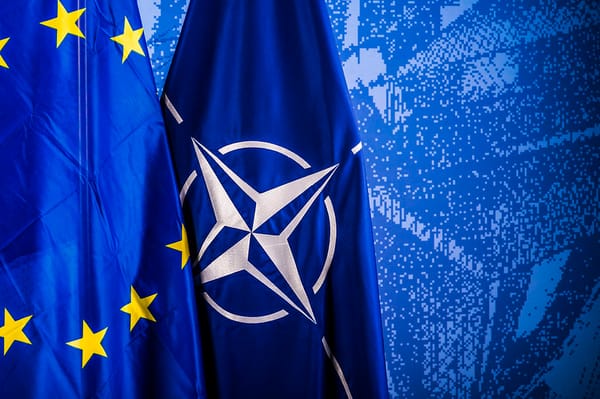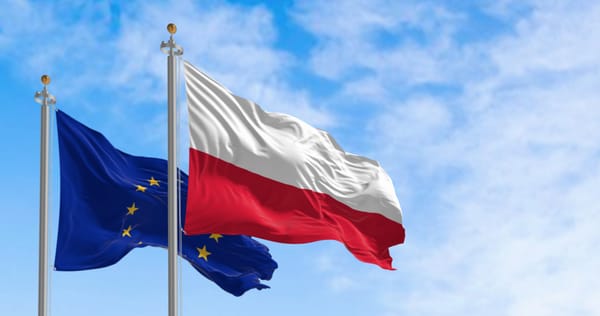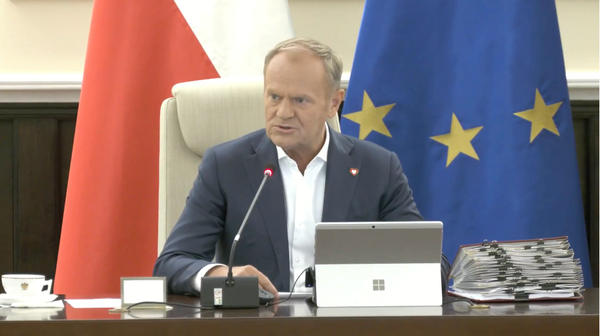
Germany shifts trade focus to CEE as exports to China fall
Germany’s trade with Central and Eastern Europe (CEE) rose EUR 5.4bn to EUR 275bn in the first half of 2025, led by a surge in exports to Poland, Ukraine and Slovenia, the German Eastern Business Association (Ost-Ausschuss, OA) said on 11 August, citing Federal Statistical Office (Destatis) data.
Poland leads export gains, overtaking China
Poland recorded a 5.4% year-on-year increase to EUR 90bn in trade with Germany, overtaking China to become the top destination for German exports.
“The economic area of Eastern Europe remains an anchor of growth for the German economy despite global uncertainty,” the OA said in its statement.
CEE economies see German trade upticks
Czechia’s trade with Germany grew 3.4% in H1, Croatia’s rose 6.3% and German exports to Ukraine surged about 30%. Slovenia posted a EUR 782.8mn trade surplus in H1 2025, reversing a EUR 2.5bn deficit a year earlier, with exports up 25.8% year-on-year, the Slovenian statistics office said. Serbia’s exports to Germany in May rose 27.3% from a year earlier, Serbia’s statistics office explained.
Romania was among the few CEE economies to register a decline in trade with Germany in the period, with bilateral trade down 6.1% year-on-year to EUR 10.36bn, the Romanian National Institute of Statistics data reported.
US was largest German trading partner in 2024
The development comes as Germany’s trade patterns continue to shift toward CEE, in the wake of the US overtaking China as its largest trading partner in 2024, according to AP.
CEE economies with high export shares to Germany, such as Hungary, where Germany accounts for about one quarter of trade flows, could see gains if the trend persists.
However, reliance on Germany also leaves partners exposed to downturns, with June 2025 figures showing German exports to the US fell for a third straight month, US business daily the Wall Street Journal reported.
Germany has also moved to diversify trade links: then German chancellor Olaf Scholz pursued energy and infrastructure deals in India and Central Asia, Reuters reported late last year. These shifts reflect Germany’s growing reliance on CEE markets, even as Berlin hedges its global exposure.





